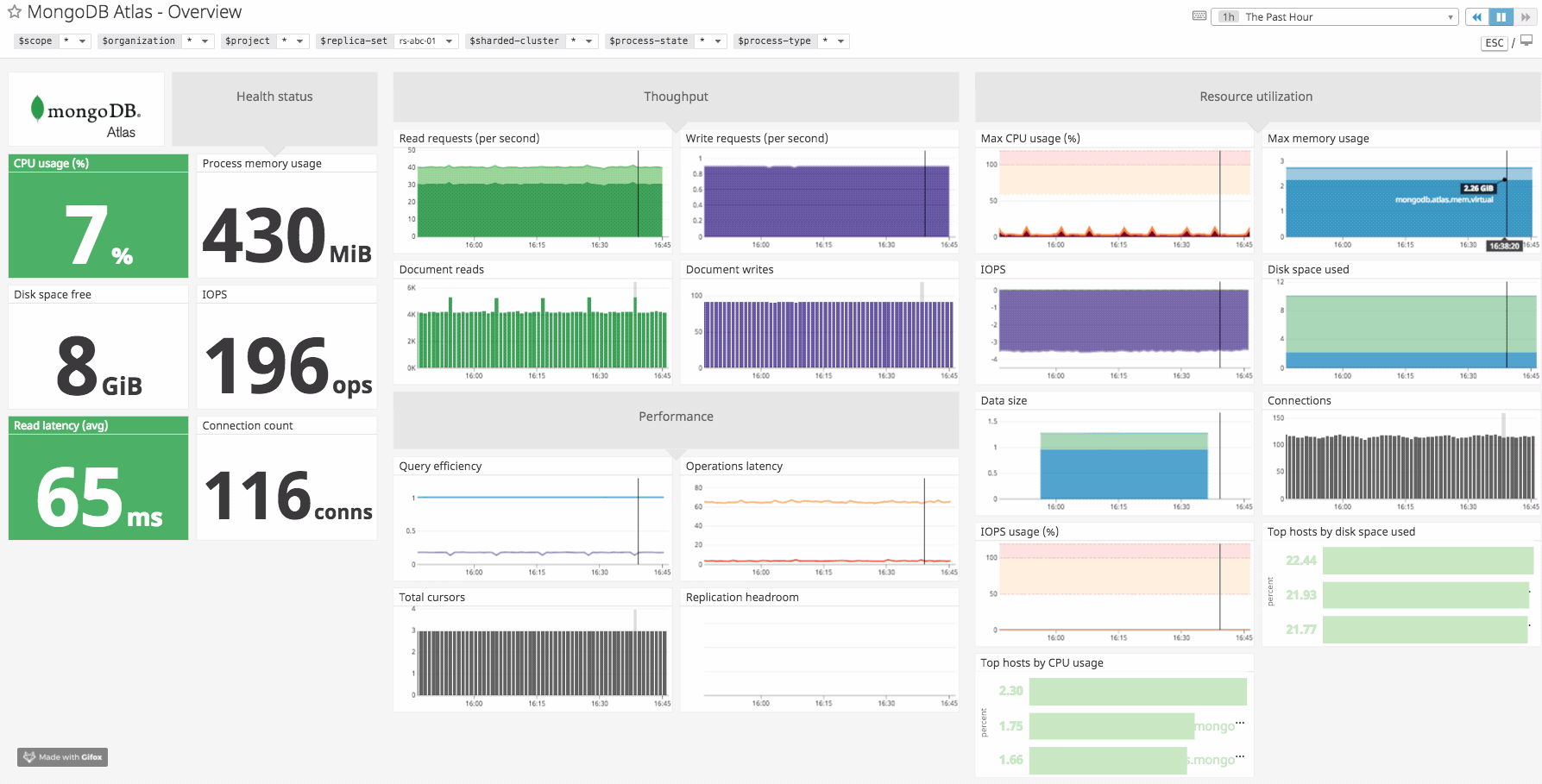
Ultimately, to fully visualize your orchestrated clusters, you need to monitor all of these sources of data - metrics, traces and logs - in one platform. And to troubleshoot code-level issues, you’ll also need to deploy an application performance monitoring solution. For example, you’ll need to connect to one of Rancher’s supported logging solutions to access logs from your environment. While Prometheus and Grafana can provide some level of insight into your clusters, they don’t allow you to see the full picture. Further, Prometheus requires users to learn PromQL, a specialized query language, to analyze and aggregate their data. However, some open source solutions aren’t designed to keep tabs on large, dynamic Kubernetes clusters. While Prometheus has no visualization options, you can use Grafana’s built-in dashboards to display an overview of health and resource metrics, such as the CPU usage of your pods. Prometheus gathers metrics from Kubernetes clusters at preset intervals. Rancher includes baked-in support for open source monitoring tools like Prometheus and Grafana, allowing you to track basic health and resource metrics from your Kubernetes clusters. In such fast-paced environments, monitoring your applications and infrastructure is more important than ever. Containers spin up and down at a blistering rate: in a survey of more than 1.5 billion containers across thousands of organizations, Datadog found that orchestrated containers churned twice as fast (one day) as unorchestrated containers (two days). Kubernetes clusters are inherently complex and dynamic. Then we’ll show you how integrating Datadog with Rancher can help you get even deeper visibility into these ephemeral environments with rich visualizations, algorithmic alerting, and other features. In this post, we’ll explore how you can quickly start monitoring orchestrated workloads with Rancher’s built-in support for Prometheus and Grafana.



Rancher enables teams to reduce the operational overhead of managing their cloud-native workloads - but getting continuous visibility into these environments can be challenging. Many organizations use Kubernetes to quickly ship new features and improve the reliability of their services.


 0 kommentar(er)
0 kommentar(er)
